Testing Methods in Avionics, the electronic systems used in aircraft, satellites, and spacecraft, play a pivotal role in the functionality and safety of modern aviation. As the complexity and integration levels of avionic systems increase, the importance of meticulous and thorough testing methods cannot be overstated. In this article, we’ll delve into the various testing methods utilized in the avionics industry and their significance.
Testing Methods in Avionics
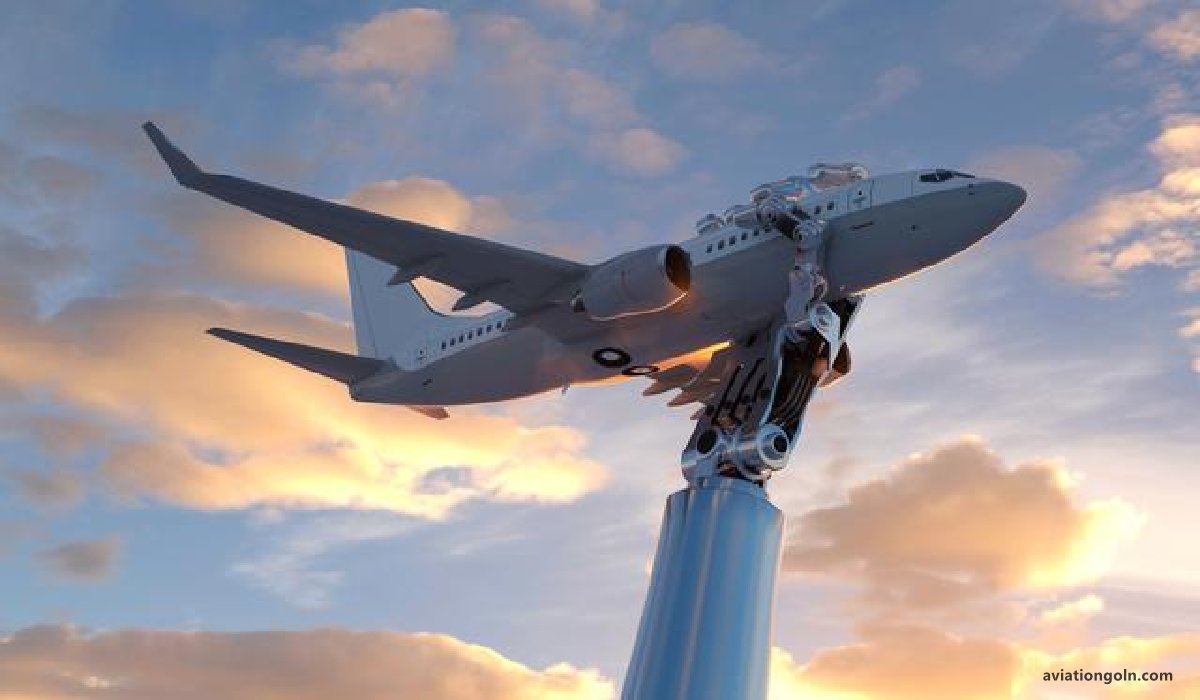
1. Introduction
Testing is a fundamental process in the development lifecycle of avionic systems. Given the critical nature of aviation safety, ensuring that avionic systems perform reliably under all conceivable scenarios is paramount. The process involves validating individual components, subsystem integration, and the complete system’s performance.

2. Levels of Avionics Testing
- 2.1 Unit Testing: This focuses on the smallest part of the avionic software or hardware, ensuring that each unit functions as intended.
- 2.2 Integration Testing: As the name suggests, integration testing ensures that individual units, when combined, work harmoniously. This can be between software modules or between software and hardware components.
- 2.3 System Testing: Here, the entire system’s functionality is evaluated, ensuring that it meets the required specifications and behaves as expected under different scenarios.
- 2.4 Acceptance Testing: This final testing phase is carried out to confirm that the avionics system meets the specified criteria for delivery and deployment.

3. Types of Testing Methods in Avionics
3.1 Functional Testing
This method aims to evaluate the system’s functionality, ensuring that it behaves as per the defined specifications and requirements. It’s often automated and can be executed at any testing level.
3.2 Performance Testing
Avionics systems must meet certain performance standards, especially under varying load conditions. Performance testing ensures that the system behaves optimally and meets all speed, responsiveness, and stability criteria.
3.3 Structural Testing
Here, the internal structures of the software are tested, ensuring thorough coverage. Structural testing includes techniques like statement, decision, and path coverage.
3.4 Robustness Testing
Given the critical nature of avionics, systems must be robust and fault-tolerant. This testing simulates abnormal conditions, ensuring the system can handle and recover from faults gracefully.
3.5 Hardware-in-the-Loop (HIL) Testing
HIL testing involves testing the avionics software against the actual hardware it’s intended to control. Real-time simulations provide input to the software, and the hardware responses are monitored to validate the correct behavior.
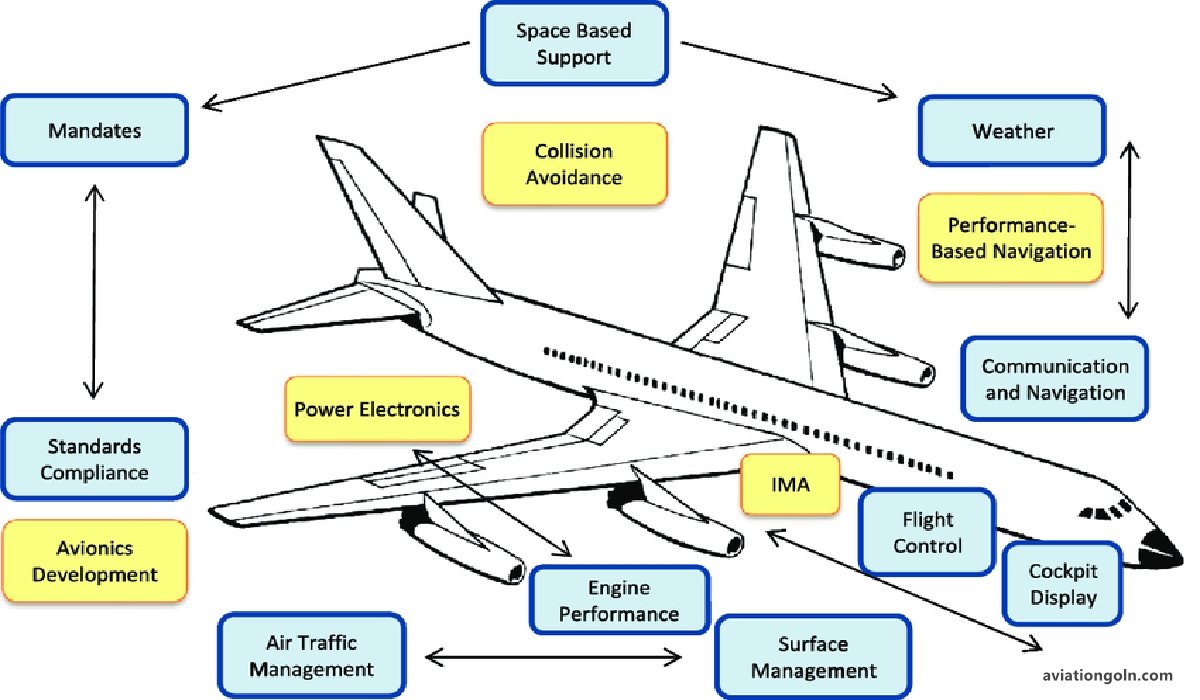
4. Specialized Avionic Testing Techniques
4.1 DO-178C Compliance Testing
DO-178C, “Software Considerations in Airborne Systems and Equipment Certification,” is the leading standard for commercial avionic software development. Adherence to this standard is crucial for ensuring safety. The testing approach here involves stringent processes, with an emphasis on traceability from system requirements to testing results.
4.2 Environmental Testing
Avionic systems must withstand various environmental factors like temperature fluctuations, humidity, vibration, and electromagnetic interference. Environmental testing places the hardware under these conditions to ensure durability and reliability.
4.3 Fault Injection Testing
To determine how a system behaves under fault conditions, specific faults (like a piece of hardware malfunctioning) are deliberately introduced into the system, and its responses are analyzed.
5. Tools and Simulators in Avionic Testing
Given the intricate nature of avionic systems, advanced tools and simulators are pivotal in testing.
5.1 Avionic Test Benches
Test benches replicate the aircraft’s environment, allowing for comprehensive testing of avionic components without actual flight risks.
5.2 Flight Simulators
Realistic flight simulators mimic the aircraft’s behavior under various conditions, enabling testers to assess avionic systems in a controlled yet realistic environment.
5.3 Automated Testing Tools
Automation in avionic testing is beneficial, especially for repetitive and regression testing scenarios. Tools like LDRA, RTRT, and VectorCAST facilitate automated testing, ensuring consistency and accuracy.
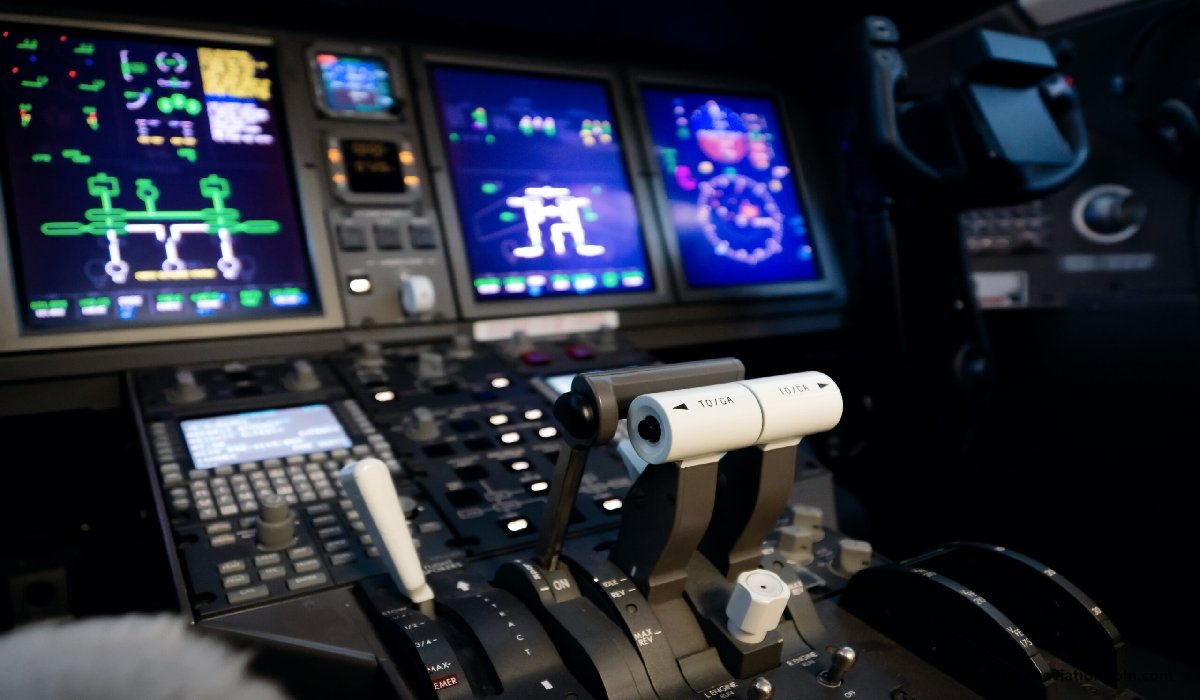
6. Challenges in Avionic Testing
- 6.1 Complexity: Modern avionics systems are incredibly complex, making comprehensive testing a challenge.
- 6.2 Evolving Standards: As technology advances, testing standards (like DO-178C) evolve, necessitating constant updates to testing approaches.
- 6.3 Cost: High-fidelity testing tools and simulators can be expensive, and given the exhaustive testing required in avionics, costs can escalate.
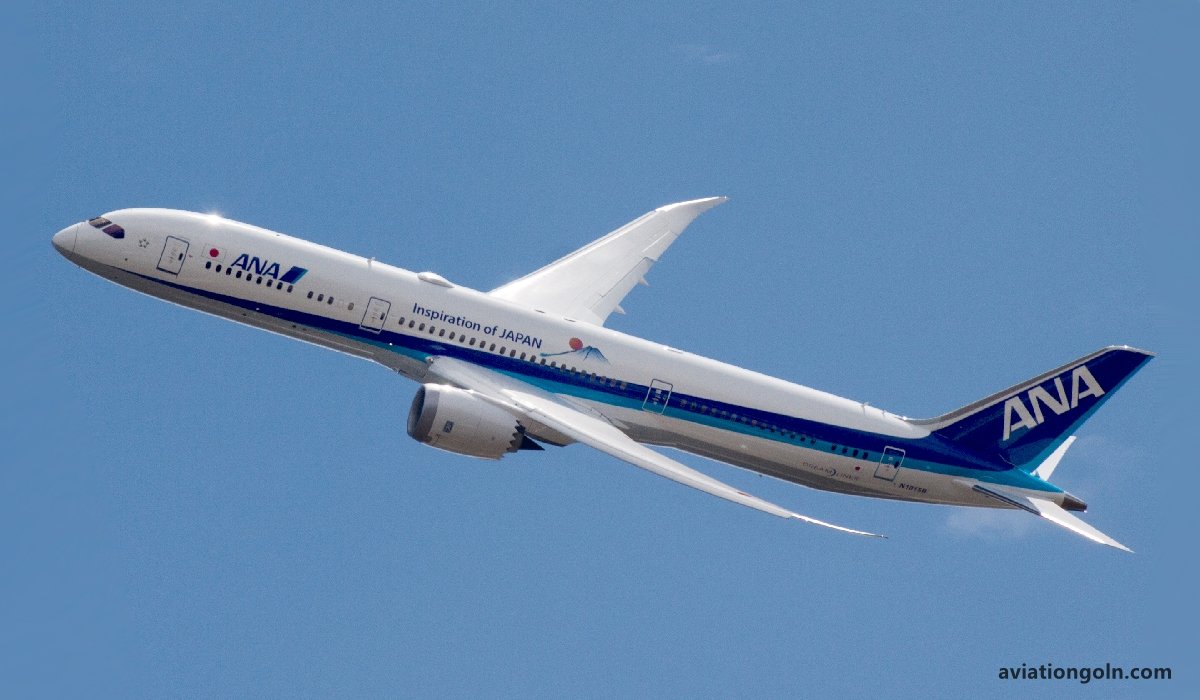
7. The Future of Avionic Testing
With the advent of artificial intelligence, machine learning, and augmented reality, avionic testing is poised for a transformation. Automated testing will become more sophisticated, reducing human error. Additionally, with the growth of unmanned aerial vehicles (UAVs) and urban air mobility (UAM), testing paradigms will shift, accommodating these novel aviation platforms.
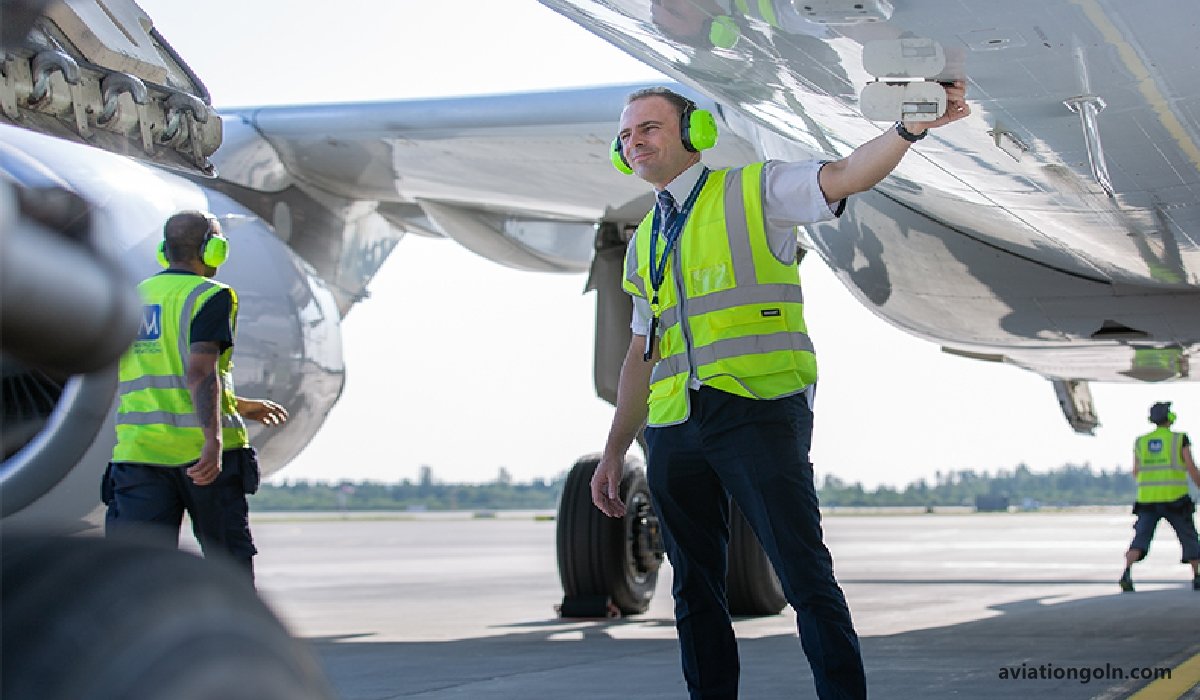
Avionic systems are the bedrock of modern aviation, ensuring that aircraft, whether commercial, military, or exploratory, operate safely and efficiently. As these systems become more integrated and complex, the testing methods used to validate them must rise to the challenge. Through a combination of rigorous standards, advanced tools, and innovative techniques, the avionics industry ensures that the skies remain safe for all.
See more:
